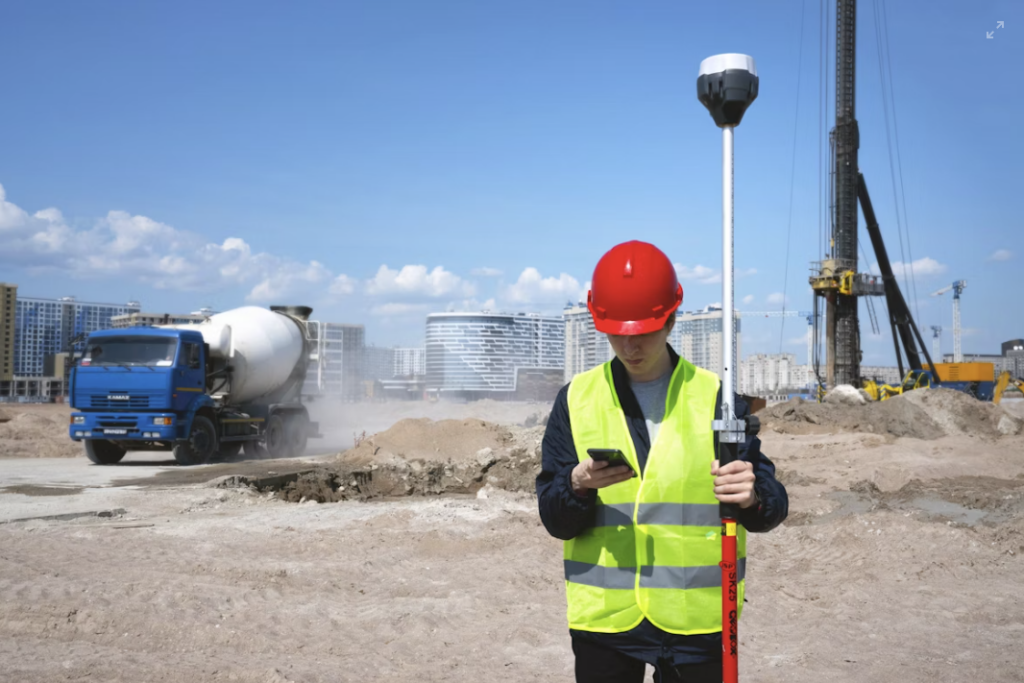
Urban planning has become increasingly complex in the 21st century, driven by rapid urbanization, population growth, technological advancement, and environmental considerations. Central to this intricate process are surveyors, professionals who provide the spatial, legal, and technical foundation upon which cities and urban spaces are designed, developed, and managed. Surveyors’ contributions extend far beyond simply measuring land—they are integral to shaping sustainable, functional, and well-structured urban environments.
Defining the Surveyor’s Role
At its core, surveying involves measuring and mapping land, buildings, and other physical features. However, in modern urban planning, the scope of surveyors’ work is broader and more nuanced. Surveyors collect precise geographic data, assess topography, delineate property boundaries, and provide critical information for infrastructure development. This information enables urban planners, architects, engineers, and policymakers to make informed decisions, ensuring that urban development projects are feasible, legal, and sustainable.
Surveyors can specialize in various domains, including land surveying, engineering surveying, hydrographic surveying, and geodetic surveying. Each specialization provides unique insights for urban planning. For instance, engineering surveyors focus on the precise measurements required for the construction of roads, bridges, and utilities, whereas geodetic surveyors provide data critical for mapping and positioning across larger scales, including entire cities or regions.
Ensuring Accurate Land Use and Zoning
One of the primary responsibilities of surveyors in urban planning is the establishment of accurate property boundaries. Clear demarcation of land ownership is essential to prevent disputes, guide legal development, and ensure equitable land use. Surveyors provide detailed maps and legal documentation that define parcel boundaries, easements, and rights-of-way, all of which form the backbone of zoning regulations and urban planning policies.
Zoning decisions—determining which areas are residential, commercial, industrial, or recreational—rely heavily on surveyor data. Accurate topographical and cadastral information allows planners to assess land suitability, optimize space utilization, and minimize conflicts between different land uses. In rapidly expanding urban areas, where informal settlements and land encroachments are common, surveyors’ work becomes even more critical to maintain order and support sustainable growth.
Supporting Infrastructure Development
Urban planning is inseparable from infrastructure development. Roads, water systems, power networks, and public transportation require precise planning and implementation. Surveyors provide the necessary spatial data and technical guidance to ensure that these projects are safe, efficient, and cost-effective. By mapping terrain, identifying soil conditions, and measuring elevations, surveyors help engineers design structures that withstand environmental challenges, such as flooding or soil instability.
Modern surveying techniques, including Geographic Information Systems (GIS), LiDAR (Light Detection and Ranging), and drone mapping, have enhanced the ability of surveyors to support complex infrastructure projects. GIS allows for the integration of spatial data into digital maps that planners can analyze for traffic flow, resource distribution, and environmental impact. LiDAR and drones offer high-resolution 3D models of urban landscapes, enabling precise planning for utilities, road networks, and public facilities.
Environmental and Sustainability Considerations
As cities face climate change, resource constraints, and ecological degradation, surveyors play an essential role in promoting sustainable urban planning. They provide critical data on topography, vegetation, water bodies, and soil conditions, which informs decisions about environmental protection, green spaces, and resilient infrastructure. For example, understanding floodplains and drainage patterns allows planners to implement effective stormwater management and reduce the risk of urban flooding.
Surveyors also contribute to sustainable urban development by supporting smart city initiatives. High-precision spatial data enables planners to optimize energy consumption, improve public transportation systems, and monitor environmental conditions. The integration of surveyor-provided data into urban digital twins—a virtual representation of the physical city—enhances predictive modeling for sustainable growth and disaster preparedness.
Legal and Regulatory Compliance
Urban planning is tightly interwoven with legal frameworks, land tenure systems, and regulatory compliance. Surveyors provide the legal documentation required to ensure that urban development projects adhere to local, national, and international regulations. They verify land ownership, prepare subdivision plans, and conduct cadastral surveys to prevent disputes between developers, residents, and government authorities. For anyone undertaking a development project, it is crucial to hire a licensed surveyor to guarantee that all measurements, boundaries, and documentation meet legal standards and reduce the risk of future conflicts.
Surveyors also play a critical role in enforcing building codes and urban regulations. By providing precise measurements and documentation, they help authorities ensure that construction projects respect setbacks, height restrictions, and zoning requirements. This legal oversight is vital for maintaining orderly urban growth and protecting the rights of property owners and communities.
Technological Innovations in Surveying
The role of surveyors in urban planning has evolved alongside technological advancements. Traditional surveying methods, such as total stations and theodolites, have been complemented by advanced technologies like drones, GPS, GIS, and 3D modeling software. These tools allow surveyors to collect and process massive amounts of spatial data quickly and accurately, improving efficiency and reducing costs.
Drones, for instance, can survey large areas in a fraction of the time required by traditional methods, capturing high-resolution aerial imagery and elevation data. GIS platforms enable the visualization and analysis of complex spatial information, supporting urban planners in making evidence-based decisions. Additionally, real-time data collection and cloud-based storage allow multiple stakeholders to access surveyor-generated data simultaneously, fostering collaboration in urban development projects.
Community Engagement and Social Planning
Modern urban planning extends beyond technical and environmental considerations—it also emphasizes social inclusion and community well-being. Surveyors contribute to this aspect by providing data that informs public consultations, participatory planning, and equitable land distribution. Accurate mapping of neighborhoods, public spaces, and infrastructure ensures that planners can address social inequalities, improve accessibility, and enhance the quality of life for residents.
Surveyors also assist in disaster risk assessment and mitigation planning. By mapping hazard-prone areas, such as flood zones or earthquake-sensitive regions, surveyors enable planners to implement safety measures, evacuation plans, and resilient urban designs. This integration of technical expertise with social responsibility underscores the multifaceted role of surveyors in shaping livable cities.
Challenges and Future Directions
Despite their critical role, surveyors face several challenges in modern urban planning. Rapid urbanization, informal settlements, and conflicting land claims can complicate surveying efforts. Additionally, keeping pace with technological advancements and integrating data from diverse sources requires continuous skill development and investment in modern tools.
Looking forward, the role of surveyors will continue to expand as urban planning becomes more data-driven, smart, and sustainable. Emerging technologies such as artificial intelligence, machine learning, and augmented reality will further enhance the ability of surveyors to provide actionable insights. Collaboration between surveyors, urban planners, policymakers, and communities will remain essential to creating cities that are not only functional but also resilient, inclusive, and environmentally responsible.
Conclusion
Surveyors are indispensable to modern urban planning, bridging the gap between technical precision, legal compliance, and sustainable development. Their work ensures that cities are built on solid foundations, both literally and figuratively, enabling planners to design infrastructure, manage resources, and protect communities effectively. As urban environments continue to evolve, surveyors will remain at the forefront of shaping cities that are smart, sustainable, and responsive to the needs of their residents. In essence, surveyors do not just measure land—they measure the future of our urban landscapes.


